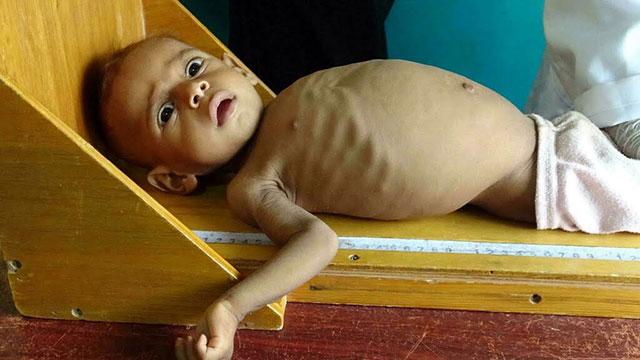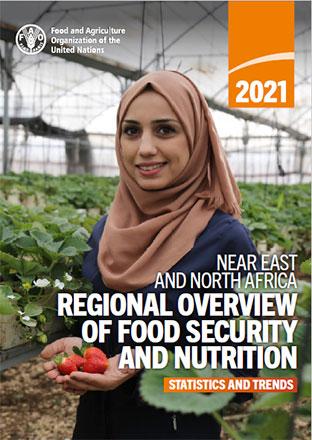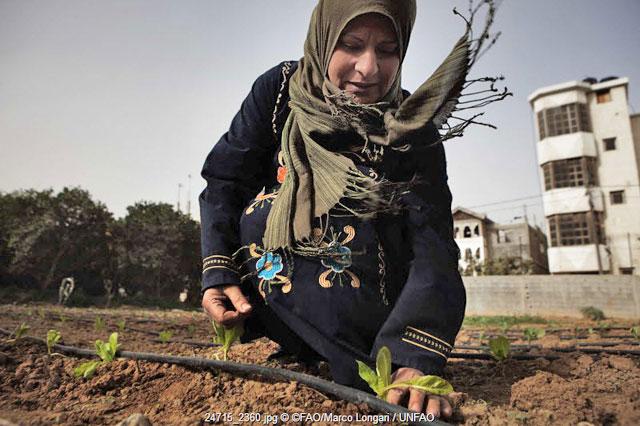You are here
UN says hunger on the rise in the Arab world
By AFP - Dec 16,2021 - Last updated at Dec 16,2021

More than 45 per cent of Yemenis went hungry last year, making the conflict-hit country second only to Somalia for undernourishment in the Arab world, the UN FAO says Khaled Ziad (AFP photo)
CAIRO — A third of people in the 420-million-strong Arab world do not have enough to eat, the United Nations said on Thursday, highlighting that 69 million suffered from malnutrition last year.
In a report, the world body's Food and Agriculture Organisation(FAO) said that between 2019 and 2020, the number of malnourished in the Arab world rose by 4.8 million people to 69 million, nearly 16 percent of the population.
"The increase in the levels of undernourishment has occurred across all income levels, in conflict-affected as well as non-conflict countries," the FAO said.
"In addition, nearly 141 million people did not have access to adequate food in 2020 -- an increase of more than 10 million people since 2019." It said the Covid-19 pandemic "brought another major shock", with the number of undernourished people in the region increasing by 4.8 million compared with 2019.
Conflict-hit Somalia and Yemen remained the worst-affected countries last year, with nearly 60 per cent of Somalis going hungry and more than 45 per cent of Yemenis undernourished.
"Yemen had the highest prevalence of anaemia in 2020, affecting 61.5 per cent of women of reproductive age," it said. The FAO said hunger has increased by 91.1 per cent in the Arab world over the past two decades.
"Rates of stunting [20.5 per cent] and overweight [10.7 per cent] among children under five years of age were high in 2020," the FAO noted. It said adult obesity, especially in the richer Arab states, was also on the rise.
"The latest year estimate for the Arab region shows that 28.8 per cent of the adult population was obese, i.e. more than double the global average of 13.1 per cent.
"High-income countries exhibited the highest prevalence of adult obesity in the region whereas the low-income countries had the lowest levels."
Related Articles
AMMAN — The prevalence of obesity increased the most in Jordan over the last two decades, going from 27 per cent to 35.5 per cent, according
The number of undernourished in the Near East and North Africa (NENA) has more than doubled since 1990 standing now at about 33 million peoples, according to the recently released UN Hunger Report.
AMMAN — Around 1.6 million adults in Jordan aged 18 years and older were overweight in 2016, which is an increase of 300,000 people since 20
















